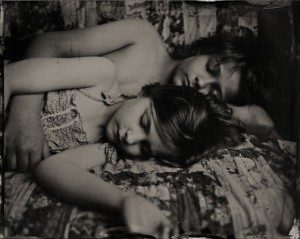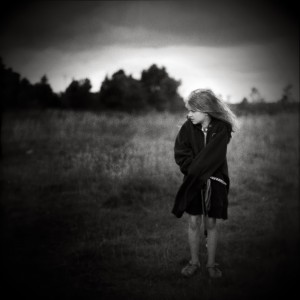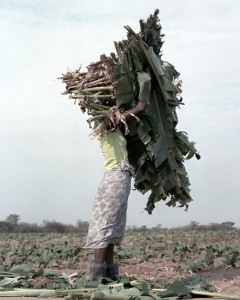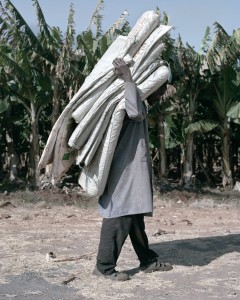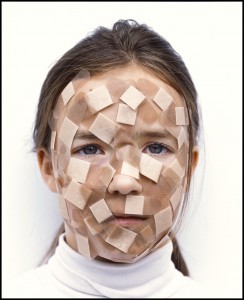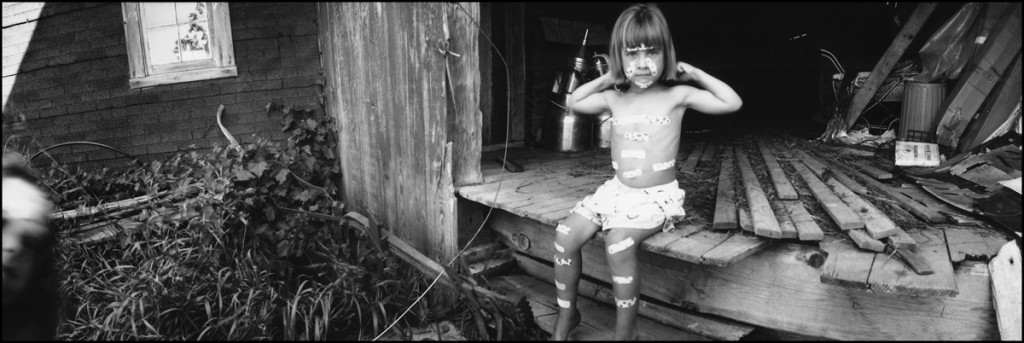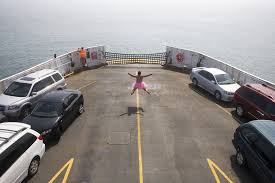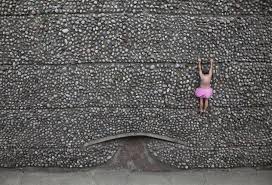I'm currently working on a project that has gone from nebulous to partially-formed in the past few months. But I am still wrestling with how to make it sing, am still in the middle of it, trying to figure it out, which means that I am frustrated by my apparent lack of progress. (Even though I know that every time I work on it, I am making progress.)
I love this excerpt from John Jerome's book Stone Work, which talks about seeking a breakthrough:
“It is when I am finally stopped, when the sentence falls right, when what I’m trying to say finally comes off my tongue, when I understand what someone is saying to me, when the pieces fall together and what was muddy confusion is suddenly clear: the eureka moment, when some conglomeration of ideas comes together for you, that otherwise, until then, you were unable to link. A connection made that you can’t explain, that just . . . furthers you, somehow.
I used to have a wonderful quote about this moment pinned above my desk, but I lost it. Insert your own wonderful quote here. Mine was about that moment before which all is confusion and despair, and after which things suddenly become clear and there’s never going to be any confusion anymore. It doesn’t work out that way, of course, but the moment when you think it will is worth preserving. It is what I work for, I think.
The physical epiphanies available in working with wood and metal and stone are no different from those other little instants when some flicker of truth comes in. when the information from some sense organ or other succeeds in breaking through. I always thought these moments were supposed to be intellectual, the product of pure abstract thought. But they come to us through the sense organs. It was the taste of the apple, I think, that flipped us out of Eden, into the world.” (Jerome 108-109)
